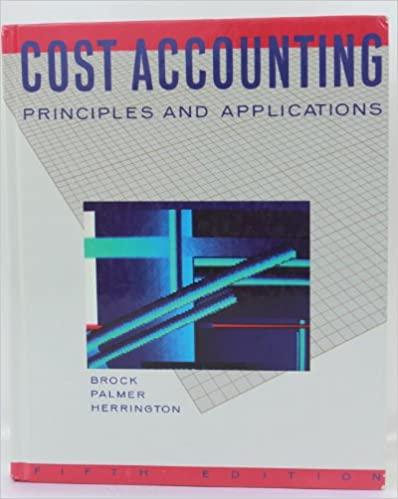Answered step by step
Verified Expert Solution
Question
1 Approved Answer
On January 1 , Year 7 , the Vine Company purchased 6 0 , 0 0 0 of the 8 0 , 0 0 0
On January Year the Vine Company purchased of the ordinary shares of the Devine Company for $ per share. On that date, Devine had ordinary shares of $ and retained earnings of $
When acquired, Devine had inventories with fair values $ less than carrying amount, a parcel of land with a fair value $ greater than the carrying amount, and equipment with a fair value $ less than carrying amount. There were also internally generated patents with an estimated market value of $ and a fiveyear remaining life. A longterm liability had a market value $ greater than carrying amount; this liability was paid off December Year All other identifiable assets and liabilities of Devine had fair values equal to their carrying amounts. Devines accumulated depreciation on the plant and equipment was $ at the date of acquisition.
The year financial statements for Vine and Devine were as follows:
INCOME STATEMENTS
for year ending December Year
in thousands of dollars
Vine Devine
Sales $ $
Dividends, investment income and gains
Total income
Cost of goods sold
Other expenses
Income taxes
Total expenses
Profit $ $
STATEMENTS OF FINANCIAL POSITION
December Year
in thousands of dollars
Vine Devine
Land $ $
Plant and equipment
Accumulated depreciation
Investment in Devine, cost
Inventories
Cash and current receivables
Total assets $ $
Ordinary shares $ $
Retained earnings
Longterm liabilities
Deferred income taxes
Current liabilities
Total equity and liabilities $ $
Additional Information
At the acquisition date, the equipment had an expected remaining useful life of ten years. Both companies use the straightline method for all depreciation and amortization calculations and the FIFO inventory cost flow assumption. Assume a income tax rate on all applicable items and that there were no impairment losses for goodwill.
On September Year Devine sold a parcel of land to Vine and recorded a total nonoperating gain of $
Sales of finished goods from Vine to Devine totalled $ in Year and $ in Year These sales were priced to provide a gross profit margin on selling price of to the Vine Company. Devines December Year inventory contained $ of these sales; December Year inventory contained $ of these sales.
Sales of finished goods from Devine to Vine were $ in Year and $ in Year These sales were priced to provide a gross profit margin on selling price of to the Devine Company. Vines December Year inventory contained $ of these sales; the December Year inventory contained $ of these sales.
Vines investment in Devines account is carried in accordance with the cost method and includes:
o Acquisition cost of of the ordinary shares of the Devine Company for $ per share for a total of $ and
o Advances to Devine of $ which are also included in the current liabilities of Devine.
There are no intercompany amounts other than those noted, except for the dividends of $total amount declared and paid by Devine.
Required: Prepare in good form the following:
A statement for the calculation and Allocation of the Acquisition Differential on the date of Vines investment in Devine Jan Year
What is the value of the NCI on Jan Year the date of the acquisition?
Acquisition Differential Amortization Impairment Schedule for the period ended December Year
Schedule of Realized Unrealized Profit on Inter company Sales of Inventory for the Year ended December Year
Schedule of Realized Unrealized Gain on Sale of Land for the period Dec Year
Compute the Consolidated Net Income for the Year Ended December Year
What is the NonControlling Interests NCI share of Net Income for the year ended December Year
Prepare a Statement of Consolidated Retained Earnings as at December Year
Prepare a Statement of NCI Balance Sheet as at December Year
Prepare the Consolidated Income Statement for the period ended December Year
Prepare the Consolidated Balance Sheet as at December Year
Step by Step Solution
There are 3 Steps involved in it
Step: 1

Get Instant Access to Expert-Tailored Solutions
See step-by-step solutions with expert insights and AI powered tools for academic success
Step: 2

Step: 3

Ace Your Homework with AI
Get the answers you need in no time with our AI-driven, step-by-step assistance
Get Started


